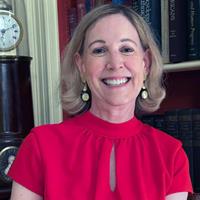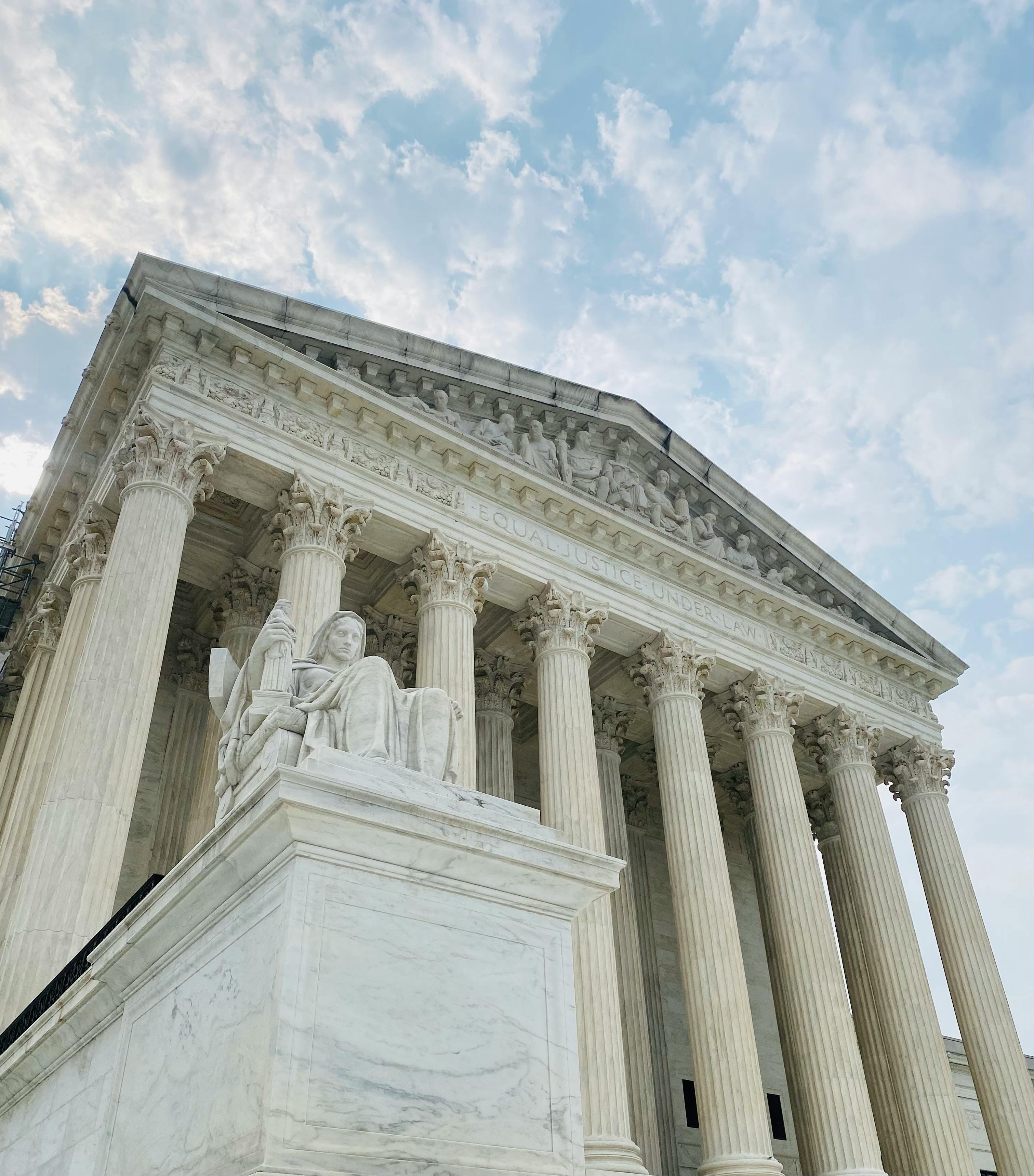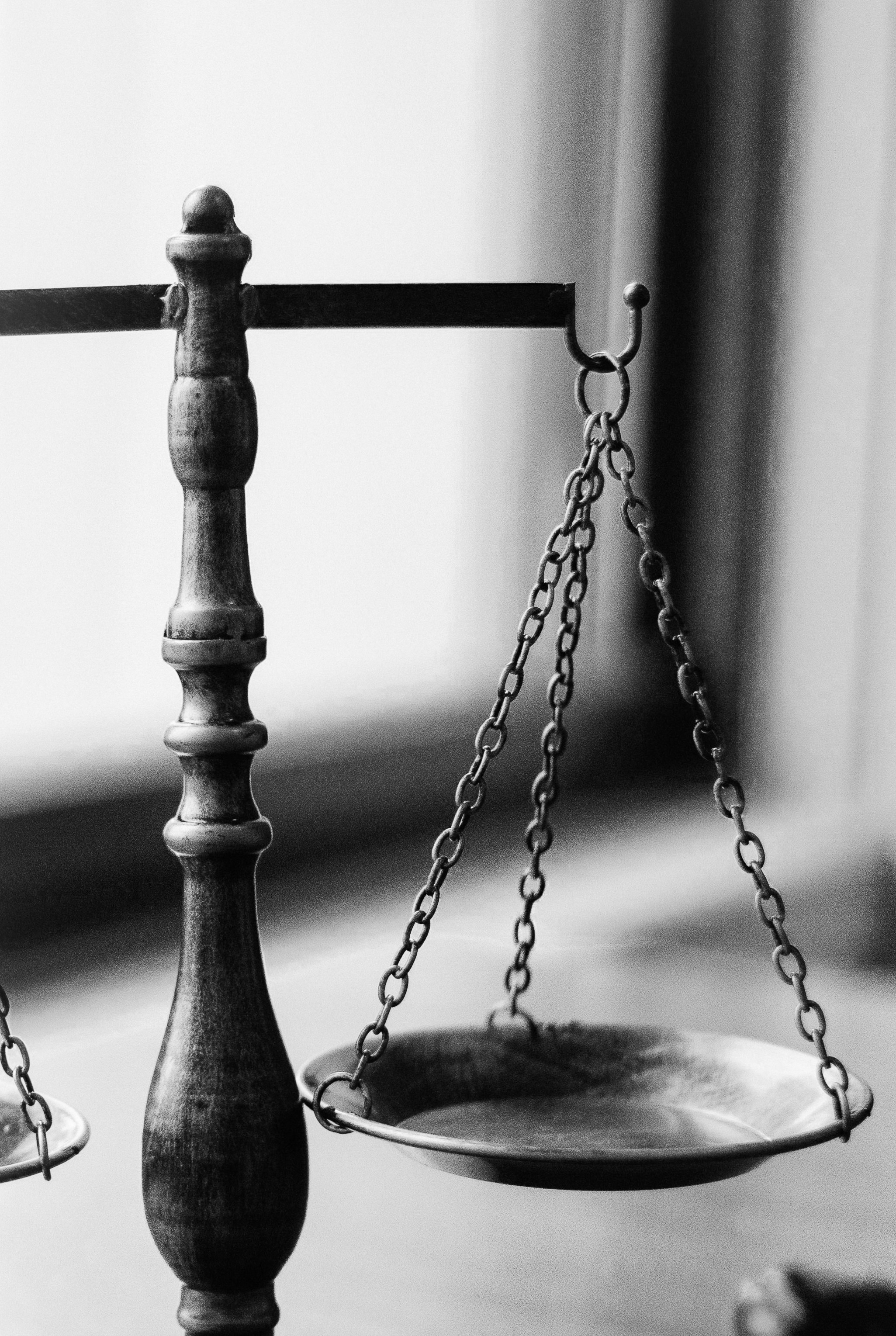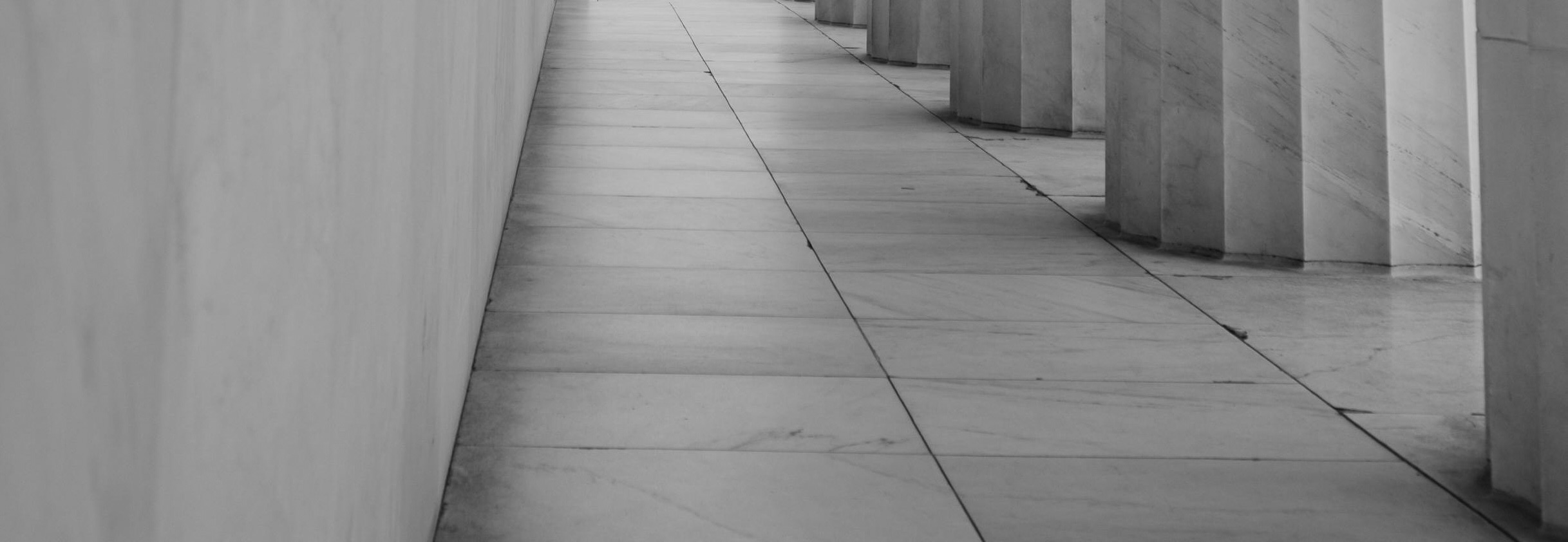Which Metaphor Applies to the Supreme Court? You Be the Judge
 Barbara A. Perry is Gerald L. Baliles Professor in Presidential Studies and Co-Chair of the Presidential Oral History Program at the University of Virginia’s Miller Center. She is a member of the Supreme Court Historical Society’s Board of Trustees. Perry served as a Supreme Court Fellow in 1994-95 and is co-author, with Henry J. Abraham, of Freedom and the Court: Civil Rights and Liberties in the United States.
Barbara A. Perry is Gerald L. Baliles Professor in Presidential Studies and Co-Chair of the Presidential Oral History Program at the University of Virginia’s Miller Center. She is a member of the Supreme Court Historical Society’s Board of Trustees. Perry served as a Supreme Court Fellow in 1994-95 and is co-author, with Henry J. Abraham, of Freedom and the Court: Civil Rights and Liberties in the United States.
Over my four decades of studying the U.S. Supreme Court, I have discovered a number of metaphors to describe the nation’s highest tribunal. As it wrestles with some of the most vexatious issues of our time (presidential immunity and electoral eligibility, affirmative action, homelessness, reproductive rights, religion, voting access, and immigration, to name just a few), figures of speech used to label the court by journalists, jurists, and scholars throughout history have come to the fore. Which apply in this fraught and polarized era? To invoke another metaphor, it might depend on whose ox is being gored.
 Fortunately, most analogies used to portray the tribunal have been positive descriptors. The late Chief Justice William Rehnquist declared in 1996 that our independent judiciary, headed by the Supreme Court, was “one of the crown jewels of our system of government.” I witnessed this vaunted reputation repeatedly while serving as a Supreme Court Fellow in 1994-95. Some of my duties that year included briefing more than 3,000 officials from seventy different countries, including newly established democracies among the former Soviet empire. Even representatives from older republics would ask, “How do you maintain independent judges? Many of our jurists are corrupt. They accept bribes from litigants to decide in their favor.”
Fortunately, most analogies used to portray the tribunal have been positive descriptors. The late Chief Justice William Rehnquist declared in 1996 that our independent judiciary, headed by the Supreme Court, was “one of the crown jewels of our system of government.” I witnessed this vaunted reputation repeatedly while serving as a Supreme Court Fellow in 1994-95. Some of my duties that year included briefing more than 3,000 officials from seventy different countries, including newly established democracies among the former Soviet empire. Even representatives from older republics would ask, “How do you maintain independent judges? Many of our jurists are corrupt. They accept bribes from litigants to decide in their favor.”
The Supreme Court has typically enjoyed such a saintly image, particularly in contrast to presidents and members of Congress, that observers have applied religious imagery to it. With its bright façade and classical Greek design, the court’s home since 1935 has garnered the moniker “the Marble Temple.” Housing nine members enrobed in black judicial regalia, seated behind a grand mahogany bench, surrounded by carved images of historic lawgivers (secular and religious), and presiding in a hushed room with all the trappings of a sanctuary, the court has earned the sobriquet “the Priestly Tribe.” Federal Judge Jerome Frank coined the term fifty years before it became the title of my 1999 book on the tribunal’s image in the American mind.
 Frank had witnessed the political battle over the court’s conservative rulings against President Franklin Roosevelt’s New Deal policies during his first term. The dust-up produced negative descriptions of the tribunal from opponents of the “Nine Old Men,” the title of a 1937 book by columnists Drew Pearson and Robert Allen. New Dealers dubbed a quartet of aging right-wing justices “the Four Horsemen” from the Biblical “apocalypse.” A trio of liberal justices who supported FDR’s agenda for ameliorating the Great Depression’s devastating effects earned the nickname “the Three Musketeers.”
Frank had witnessed the political battle over the court’s conservative rulings against President Franklin Roosevelt’s New Deal policies during his first term. The dust-up produced negative descriptions of the tribunal from opponents of the “Nine Old Men,” the title of a 1937 book by columnists Drew Pearson and Robert Allen. New Dealers dubbed a quartet of aging right-wing justices “the Four Horsemen” from the Biblical “apocalypse.” A trio of liberal justices who supported FDR’s agenda for ameliorating the Great Depression’s devastating effects earned the nickname “the Three Musketeers.”
Even before the 1930s’ clashes among a closely split court, renowned Justice Oliver Wendell Holmes, who served in the first third of the twentieth century, reportedly described the prickly brethren on the high bench as “nine scorpions in a bottle.”
A more neutral appellation to define the justices’ chambers, headed by the jurists, who preside over four law clerks, secretaries, and messengers, appeared via Justice Lewis Powell in the 1980s. He explained that the justices discuss cases together in their confidential conferences, but, ultimately, they each “make separate and independent judgments.” Powell referred to the court as "nine separate law firms." Another nonpartisan figure of speech that simply relates the court’s realities is also Holmesian in its origin. “We are very quiet there, but it is the quiet of a storm center,” Holmes remarked in a 1913 public speech.
Whether positive, negative, or neutral, descriptors of the U.S. Supreme Court throughout its modern history have represented how its members, and those in journalism and academe, refer to it. The only label that is permanently retired is “Nine Old Men.” The current justices include four women, and four members (two females and two males) are in their fifties—a youthful age for members of this body who rival only symphony orchestra conductors for longevity. They continue to work in their Marble Temple and wear the black robes of a “Priestly Tribe.” They are nine individual justices operating in the center of stormy battles while trying to find consensus. When they don’t succeed and allow personal or jurisprudential differences to intervene, watch out for stinging remarks in written opinions, from the bench, or in public speeches. Although liberals might view the current conservative wing of the court in apocalyptic terms, they should take heart that conservatives felt the same when the justices began supporting the New Deal, when Chief Justice Earl Warren fomented a progressive judicial revolution, and when even President Richard Nixon’s quartet of appointees couldn’t mount a counterbalance to it.
Yet when the court has drifted into the storm (or caused one) and away from the quiet of its eye, it has eventually returned to its place as the jewel in the crown—if I can mix my metaphors!
====
Footnote: Barbara A. Perry has written several books on the U.S. Supreme Court. Learn more here.

- A Revolution in the Air: The Wright Brothers Take to the Sky on December 17, 1903
- Musings on National Violin Day
- Making the Promise Real: How a UN Tax Convention Can Fulfill the UNDHR’s Vision
- UVA Club of Atlanta: Virtual Pilates Class
- UVA Club of Vietnam: J-Term Farewell Social
- UVA Club of Charlottesville: Hoos Reading Hoos January Book Club